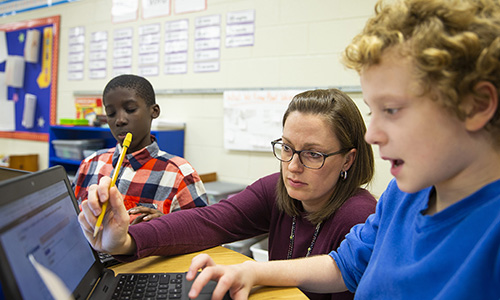Do you need to know if your students are “getting it”?
Simply asking students to raise their hands is not necessarily a good strategy to encourage. Formative assessment can be a more effective, ongoing, and minute-by-minute way to evaluate student learning.
Let’s explore some classroom techniques that engage the entire student body, helping teachers solicit evidence of student learning and understanding.
Engaging with the Popsicle Stick method
While perhaps not earth-shattering, the Popsicle Stick approach to student engagement can provide a more random selection for answers, which means that the consistent hand raiser isn’t dominating classroom discussion (and evaluation). Here’s how it works:
- Have each student write their name on a Popsicle stick
- Place all the sticks in a cup
- Ask a question of the class, draw a stick from the cup, and have the student whose name is on the stick respond to the question
All-student and random response systems like this one engage the entire classroom and set an expectation that all students are worth hearing, dispel notions of favoritism and, perhaps more importantly, identify gaps in student understanding. This formative assessment strategy can give teachers the real-time, in-class assessment information they need to better adapt instruction and meet student needs.
Learn more
Get more formative assessment tips and tricks in our e-book “Making it work: How formative assessment can supercharge your practice.”





